Home>Technology>Home Office Tech>How To Open An Electric Charging Station
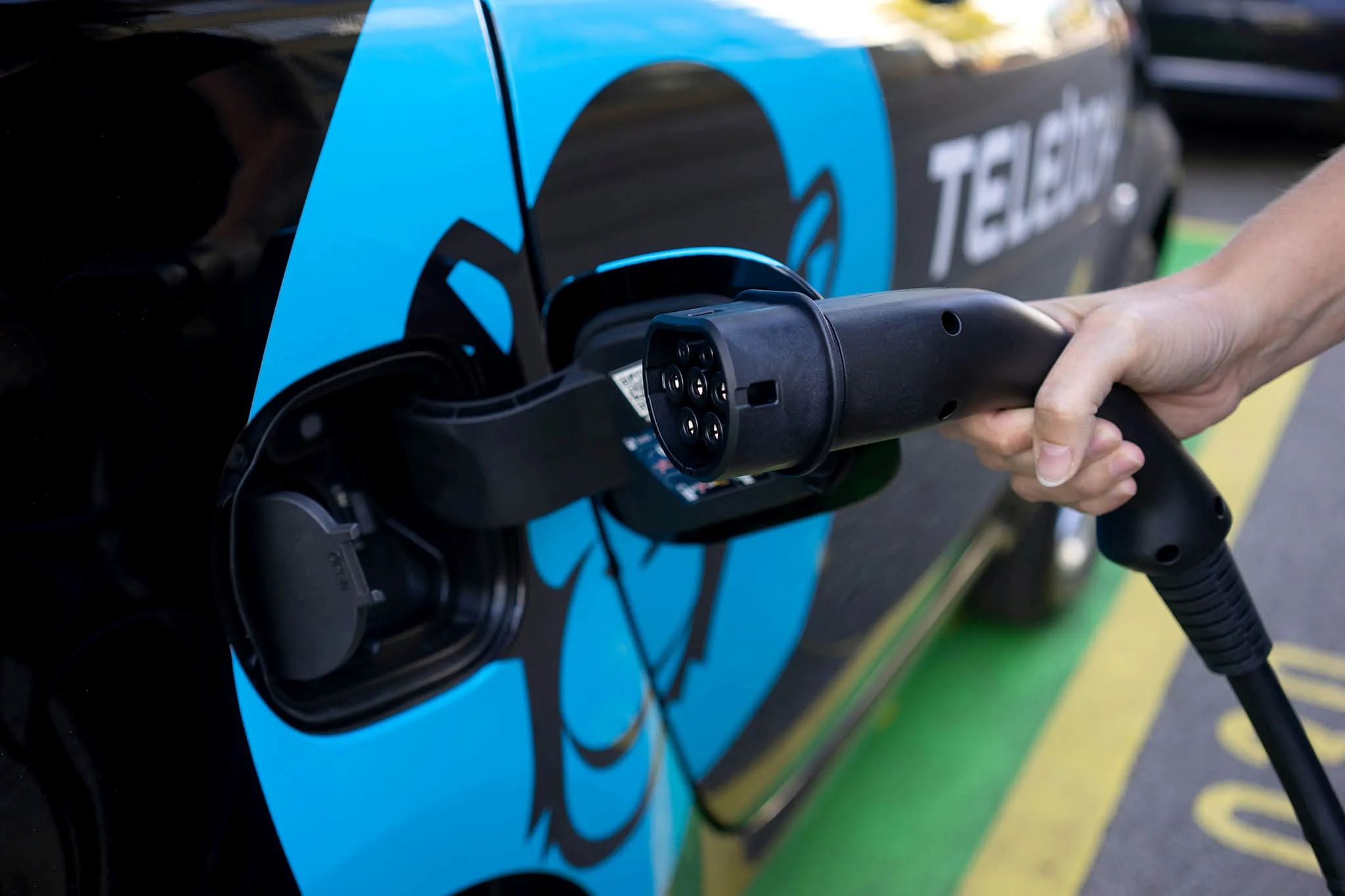

Home Office Tech
How To Open An Electric Charging Station
Modified: August 16, 2024
Learn how to open an electric charging station for home, office, or tech facilities. Get expert guidance and tips for a successful setup.
(Many of the links in this article redirect to a specific reviewed product. Your purchase of these products through affiliate links helps to generate commission for Storables.com, at no extra cost. Learn more)
Introduction
So, you"ve decided to venture into the world of electric vehicle (EV) charging stations. Congratulations! You"re about to embark on a journey that not only aligns with the global shift towards sustainable transportation but also presents a promising business opportunity. As the demand for electric vehicles continues to surge, the need for reliable and accessible charging infrastructure becomes increasingly apparent. In this comprehensive guide, we"ll explore the essential steps to open an electric charging station, from understanding the nuances of electric vehicles to navigating the intricacies of location selection, permits, equipment installation, safety regulations, marketing strategies, and operational considerations. Whether you"re an entrepreneur, a property owner, or a community advocate, this guide will equip you with the knowledge and insights needed to embark on this exciting and impactful endeavor. Let"s dive in and illuminate the path to establishing a successful electric charging station!
Key Takeaways:
- Opening an electric charging station involves understanding electric vehicles, choosing the right location, and navigating permits. It’s a journey towards sustainable transportation and a promising business opportunity.
- To succeed in opening an electric charging station, prioritize safety, efficient operations, and effective marketing. Embrace innovation, sustainability, and customer-centricity to make a meaningful impact in the sustainable transportation ecosystem.
Understanding Electric Vehicles
Before delving into the logistics of opening an electric charging station, it is crucial to grasp the fundamentals of electric vehicles (EVs). Unlike traditional internal combustion engine vehicles, EVs are powered by electric motors, drawing energy from rechargeable batteries. This revolutionary mode of transportation offers numerous benefits, including reduced greenhouse gas emissions, lower operating costs, and quieter, smoother rides.
There are various types of electric vehicles, ranging from battery electric vehicles (BEVs) that rely solely on battery power to plug-in hybrid electric vehicles (PHEVs) that combine an internal combustion engine with a rechargeable battery. Understanding these distinctions is vital when planning for the charging needs of diverse EV owners.
Moreover, the range and charging requirements of EVs play a pivotal role in shaping the infrastructure of charging stations. Factors such as battery capacity, charging speed, and connector types must be considered to accommodate the evolving landscape of electric vehicle technology. As new models with extended ranges and faster charging capabilities enter the market, staying abreast of these developments is essential in providing a seamless charging experience for EV drivers.
By familiarizing yourself with the intricacies of electric vehicles, you can tailor your charging station to meet the evolving needs of the growing EV community. This knowledge will inform critical decisions regarding the selection of charging equipment, the layout of charging stations, and the overall customer experience. As we continue our journey toward establishing an electric charging station, let"s delve into the next crucial step: selecting the optimal location and navigating the necessary permits.
Location and Permits
Choosing the right location for your electric charging station is a strategic decision that can significantly impact its success. Consider high-traffic areas such as shopping centers, corporate office parks, residential complexes, and public facilities. These locations not only cater to the convenience of EV owners but also contribute to the visibility and accessibility of your charging station.
When scouting for potential sites, factors such as proximity to major roadways, available parking space, and ease of access should be carefully evaluated. Additionally, conducting market research to identify areas with a high concentration of EV owners can help pinpoint the most viable locations for your charging station.
Once you"ve identified a suitable site, navigating the permitting process is crucial. This typically involves obtaining approvals from local authorities, zoning commissions, and building departments. Depending on the jurisdiction, you may need to secure permits for electrical work, construction, signage, and land use. Engaging with city planners and officials early in the process can streamline the permitting journey and ensure compliance with all regulatory requirements.
Furthermore, collaborating with property owners or managers is essential, especially if you plan to install charging stations on private property. Lease agreements, utility access, and property rights must be carefully negotiated to establish a mutually beneficial partnership.
By meticulously addressing location selection and permit acquisition, you can lay a solid foundation for the successful implementation of your electric charging station. With the site secured and the necessary approvals in place, the next phase involves procuring the essential equipment and executing the installation process.
Equipment and Installation
Equipping your electric charging station with the right technology is fundamental to providing a seamless and efficient charging experience for EV owners. The primary components of a charging station include the charging units, connectors, and supporting infrastructure.
When selecting charging units, consider the charging speed, power output, and compatibility with various EV models. Level 2 charging stations, which operate on a 240-volt system, are commonly preferred for their faster charging capabilities compared to standard 120-volt outlets. Furthermore, investing in units equipped with multiple connectors, such as CHAdeMO, CCS, and J1772, ensures broad compatibility and accessibility for diverse EV models.
Installation of the charging units should be carried out by certified electricians to ensure compliance with electrical codes and safety standards. Adequate power supply and distribution boards must be in place to support the charging infrastructure. Additionally, the layout and placement of charging stations should prioritize user convenience, accessibility, and safety.
Integrating smart charging features, such as remote monitoring, payment systems, and user authentication, can enhance the operational efficiency and user experience of your charging station. These features enable real-time monitoring of charging sessions, seamless payment processing, and user authentication, thereby streamlining operations and ensuring a secure and user-friendly environment.
Moreover, incorporating energy management solutions and renewable energy sources, such as solar panels, can contribute to the sustainability of your charging station while reducing operational costs. By leveraging these technologies, you can minimize the environmental footprint of your station and appeal to environmentally conscious EV drivers.
As you navigate the installation process, prioritizing quality, safety, and user convenience will set the stage for a reliable and customer-centric electric charging station. With the equipment in place, it is essential to address safety protocols and regulatory compliance to ensure the secure operation of your charging station.
Tip: Before opening an electric charging station, research the demand in your area, understand the regulations and permits required, and consider partnering with local businesses or government entities for support.
Safety and Regulations
Ensuring the safety and compliance of your electric charging station is paramount to its successful operation and the well-being of EV owners. Adhering to safety standards and regulatory requirements not only fosters trust among users but also mitigates potential liabilities.
First and foremost, electrical safety measures must be rigorously implemented. This includes conducting regular inspections, maintaining proper grounding and insulation, and adhering to electrical codes and standards. Engaging certified electricians and periodically assessing the electrical infrastructure can avert potential hazards and uphold the reliability of the charging station.
Moreover, compliance with local and national regulations is essential. This encompasses obtaining necessary permits, adhering to building codes, and ensuring ADA (Americans with Disabilities Act) compliance for accessible parking spaces and charging stations. Familiarizing yourself with fire codes, environmental regulations, and ADA requirements is crucial to preemptively addressing any regulatory concerns.
Implementing robust security measures is also vital to safeguard the charging station and its users. This includes installing adequate lighting, surveillance cameras, and emergency communication systems. By creating a secure and well-lit environment, you can enhance the safety and peace of mind of EV owners utilizing your charging facilities.
Furthermore, providing clear signage, instructional materials, and emergency protocols can empower users to navigate the charging process safely and efficiently. Informative signage detailing charging rates, session limits, and contact information for support can enhance the user experience and ensure transparency in the operation of the charging station.
Regular training and education for staff and maintenance personnel on safety protocols and emergency procedures can further fortify the operational integrity of the charging station. By fostering a safety-conscious culture and equipping personnel with the necessary knowledge, you can maintain a secure and reliable charging environment for EV owners.
By prioritizing safety and regulatory compliance, you can instill confidence in EV drivers and demonstrate your commitment to providing a secure and dependable charging infrastructure. With safety measures in place, the next phase involves devising effective marketing strategies and operational plans to maximize the visibility and utilization of your electric charging station.
Read more: How To Own An Electric Charging Station
Marketing and Operations
Efficient marketing and streamlined operations are pivotal in establishing a thriving electric charging station. By implementing strategic marketing initiatives and optimizing operational processes, you can maximize the visibility, accessibility, and utilization of your charging facilities.
Developing a comprehensive marketing strategy is essential to raise awareness and attract EV owners to your charging station. This entails leveraging digital platforms, such as social media, websites, and EV charging apps, to promote your station and engage with the EV community. Highlighting the convenience, accessibility, and sustainable benefits of your charging station can resonate with environmentally conscious consumers and EV enthusiasts.
Collaborating with local businesses, EV manufacturers, and community organizations can expand your reach and foster partnerships that support the growth of your charging station. Participating in EV events, offering promotional incentives, and providing a seamless user experience can cultivate a loyal customer base and drive repeat usage of your charging facilities.
Efficient operations are crucial to maintaining the functionality and reliability of your charging station. Implementing remote monitoring systems, automated maintenance alerts, and user support channels can streamline operational processes and ensure prompt resolution of any technical issues. Additionally, integrating payment systems and user authentication mechanisms can facilitate seamless transactions and enhance the overall user experience.
Offering flexible pricing models, such as pay-per-use, subscription plans, or loyalty programs, can cater to the diverse needs of EV owners and incentivize regular usage of your charging station. Transparent pricing structures and user-friendly payment interfaces can instill confidence and trust in the reliability of your facilities.
Moreover, gathering user feedback, analyzing usage patterns, and adapting your operational strategies based on insights can optimize the performance and appeal of your charging station. Embracing innovation, sustainability, and customer-centricity in your operational approach can differentiate your station and position it as a preferred charging destination for EV owners.
By integrating robust marketing initiatives with efficient operational practices, you can elevate the visibility, accessibility, and appeal of your electric charging station. As we conclude our journey, it is evident that a holistic approach encompassing location selection, equipment installation, safety compliance, and operational excellence is essential to establishing a successful and impactful charging station.
Conclusion
Congratulations on embarking on the journey to open an electric charging station! By navigating the intricacies of understanding electric vehicles, selecting the optimal location, securing permits, procuring the right equipment, ensuring safety and regulatory compliance, and devising effective marketing and operational strategies, you are well-equipped to establish a successful and impactful charging station.
As the demand for electric vehicles continues to surge, the role of charging infrastructure in facilitating the widespread adoption of sustainable transportation cannot be overstated. Your commitment to providing reliable, accessible, and user-centric charging facilities contributes to the advancement of clean energy initiatives and the reduction of carbon emissions.
By embracing innovation, sustainability, and customer-centricity, you are not only contributing to the evolution of transportation but also positioning your charging station as a pivotal player in the electrification of mobility. Your dedication to safety, regulatory compliance, and operational excellence sets a standard for the industry and fosters trust among EV owners and stakeholders.
As you embark on this endeavor, remember that continuous adaptation, engagement with the EV community, and a commitment to excellence are integral to the sustained success of your charging station. Embrace the evolving landscape of electric vehicle technology, stay attuned to market dynamics, and prioritize the needs of EV owners to ensure the enduring relevance and impact of your charging facilities.
With a strategic blend of passion, knowledge, and operational acumen, you are poised to make a meaningful difference in the sustainable transportation ecosystem. Your electric charging station stands as a beacon of progress, sustainability, and accessibility, shaping the future of mobility and contributing to a cleaner, greener world.
Thank you for embarking on this transformative journey. Your dedication to opening an electric charging station is not only a business endeavor but a vital step toward a more sustainable and interconnected future.
Frequently Asked Questions about How To Open An Electric Charging Station
Was this page helpful?
At Storables.com, we guarantee accurate and reliable information. Our content, validated by Expert Board Contributors, is crafted following stringent Editorial Policies. We're committed to providing you with well-researched, expert-backed insights for all your informational needs.
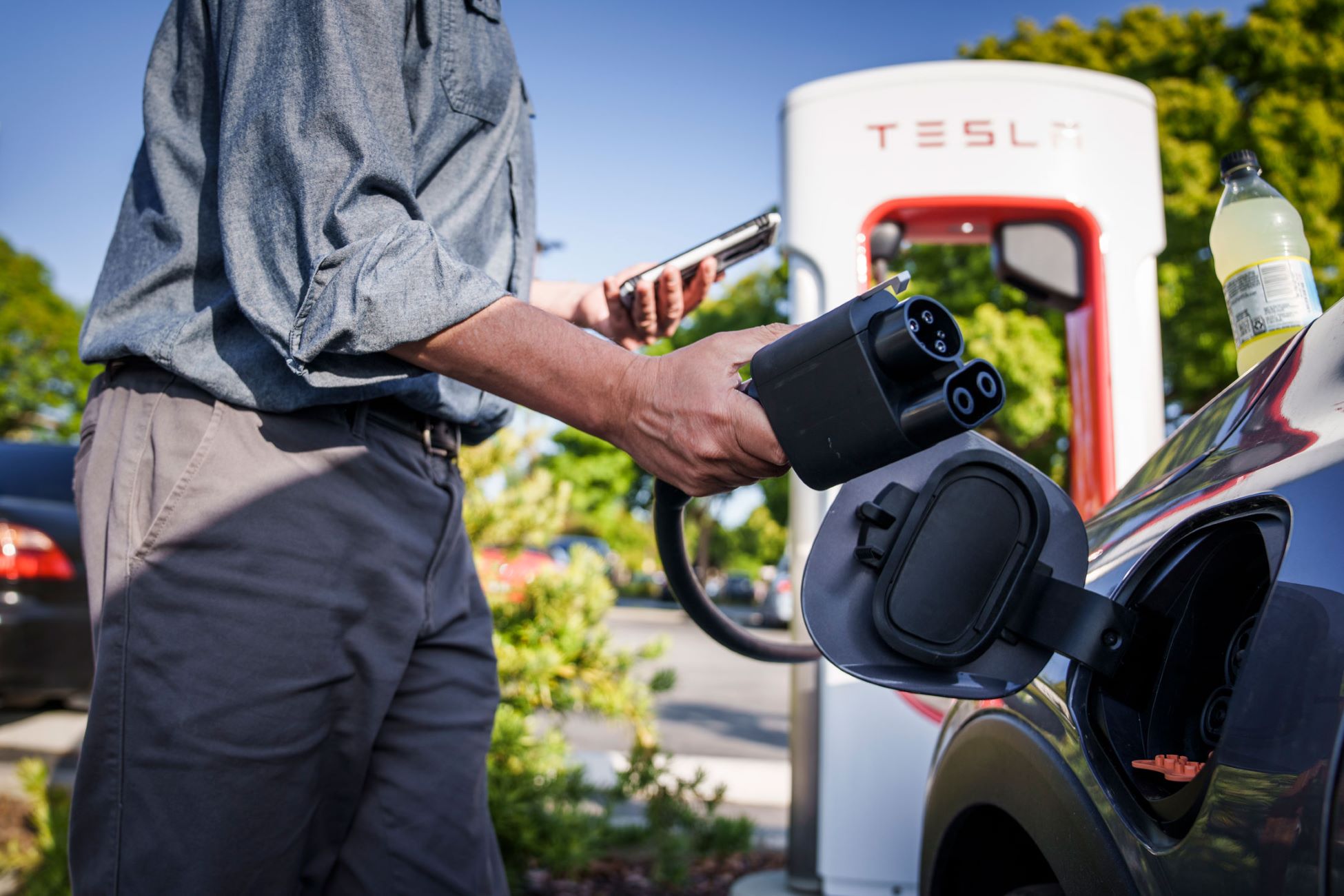

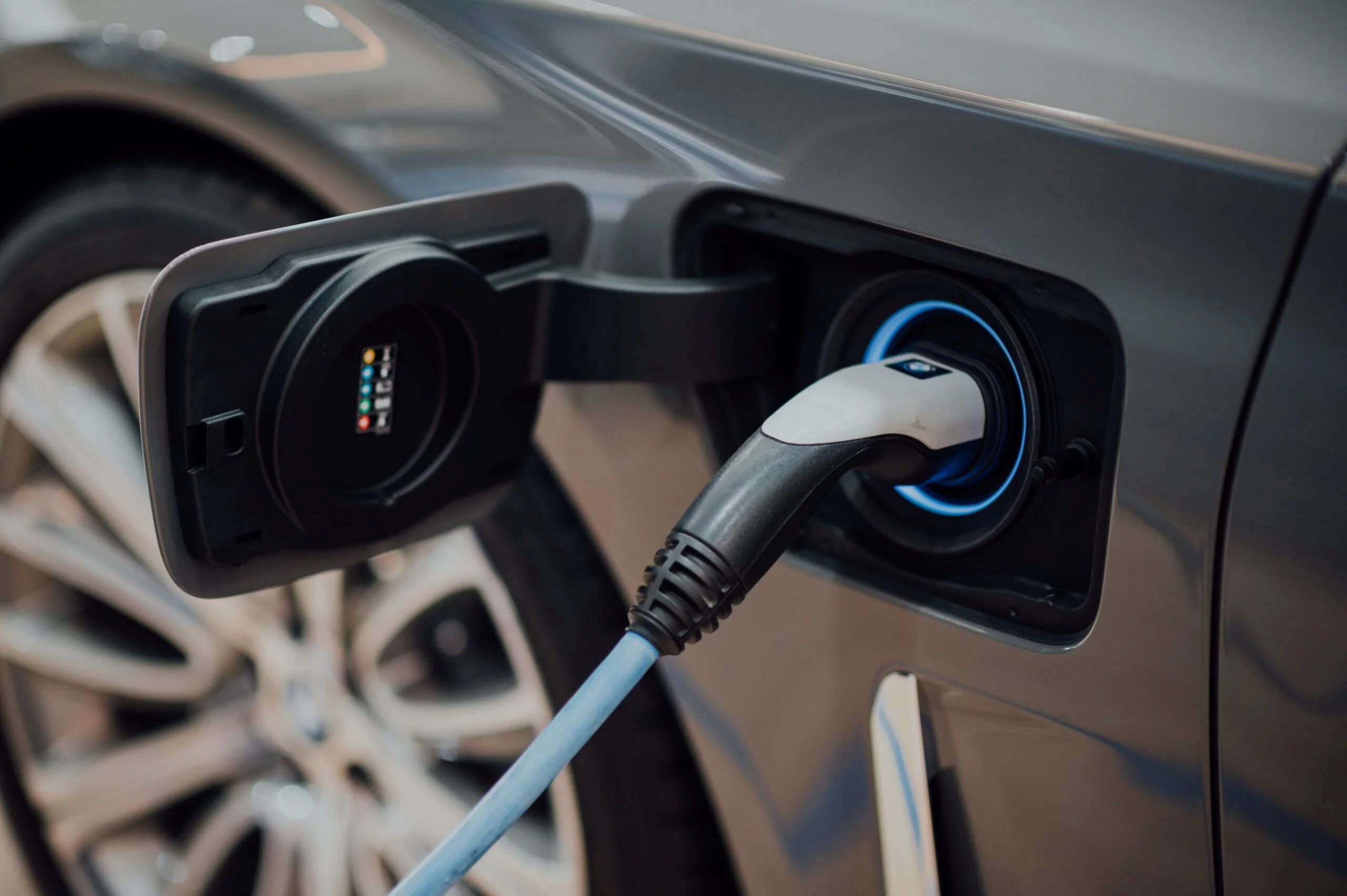
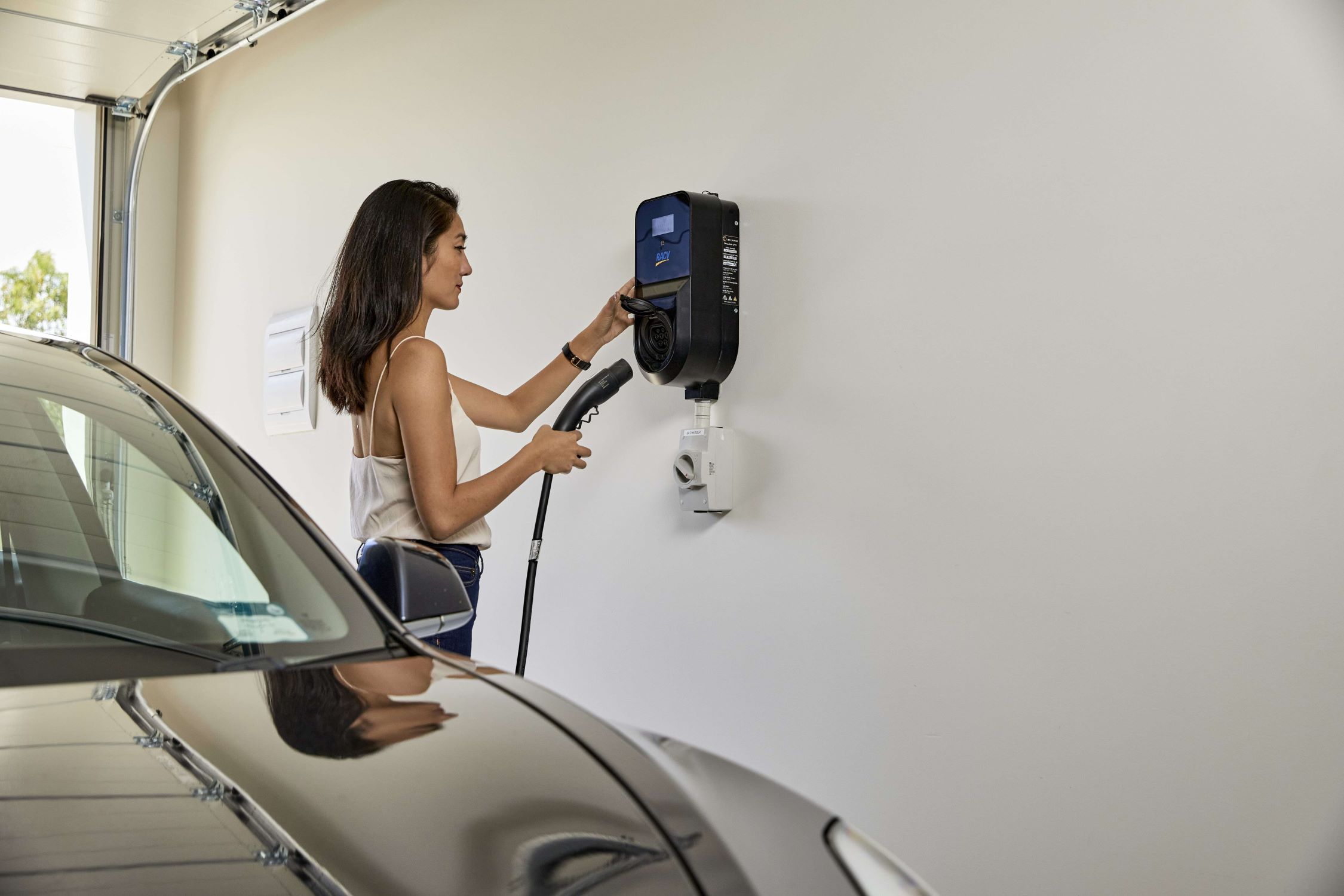
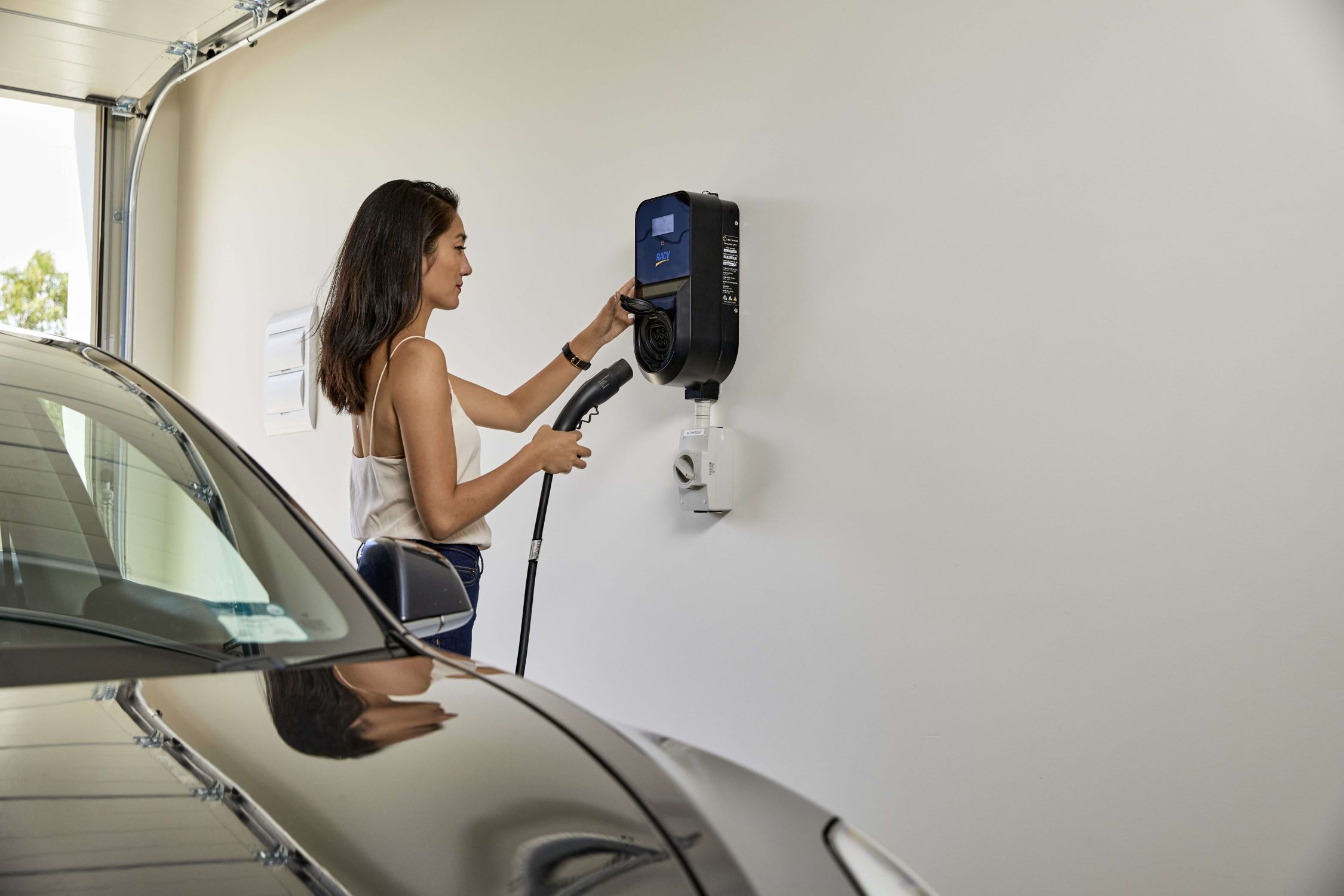
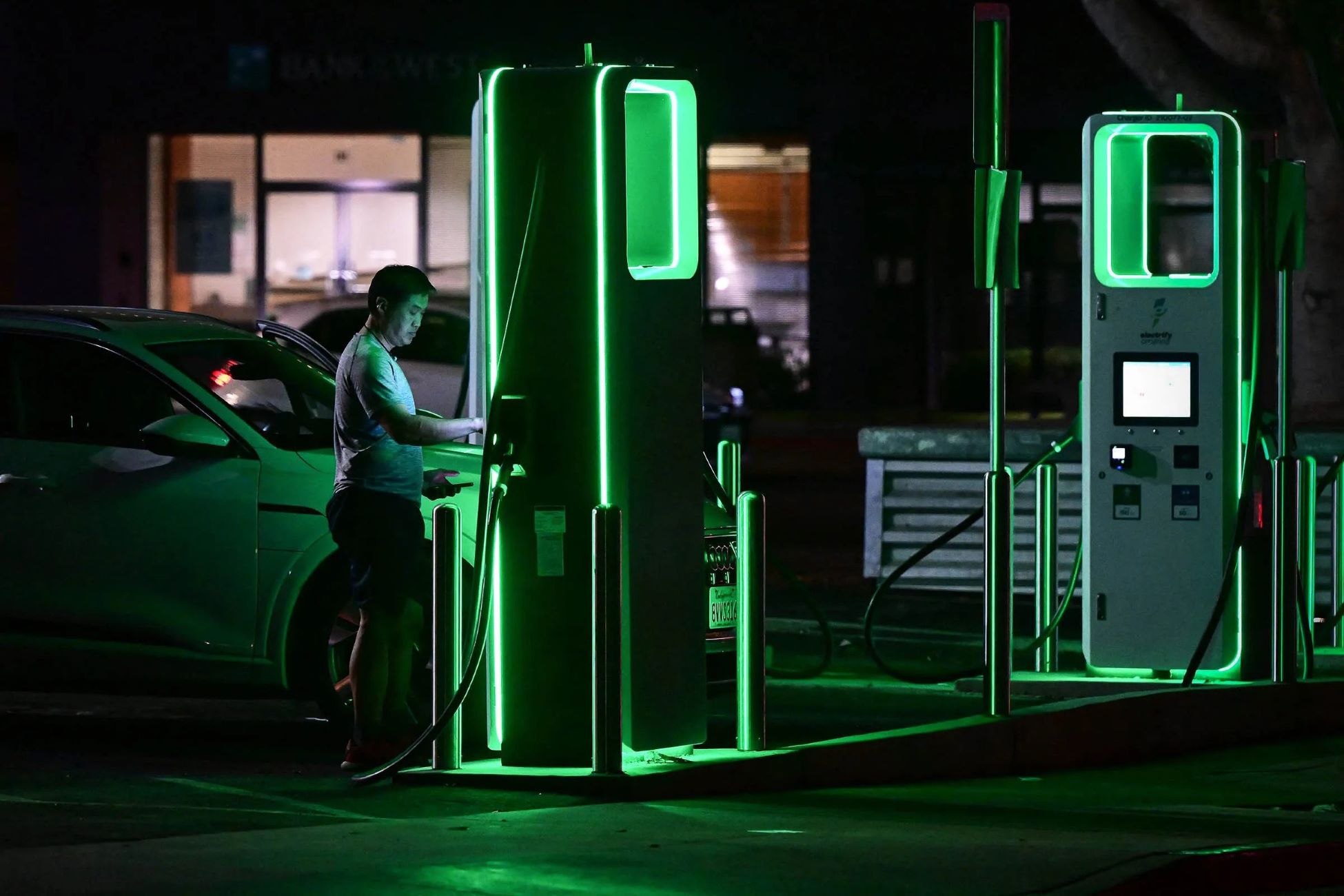

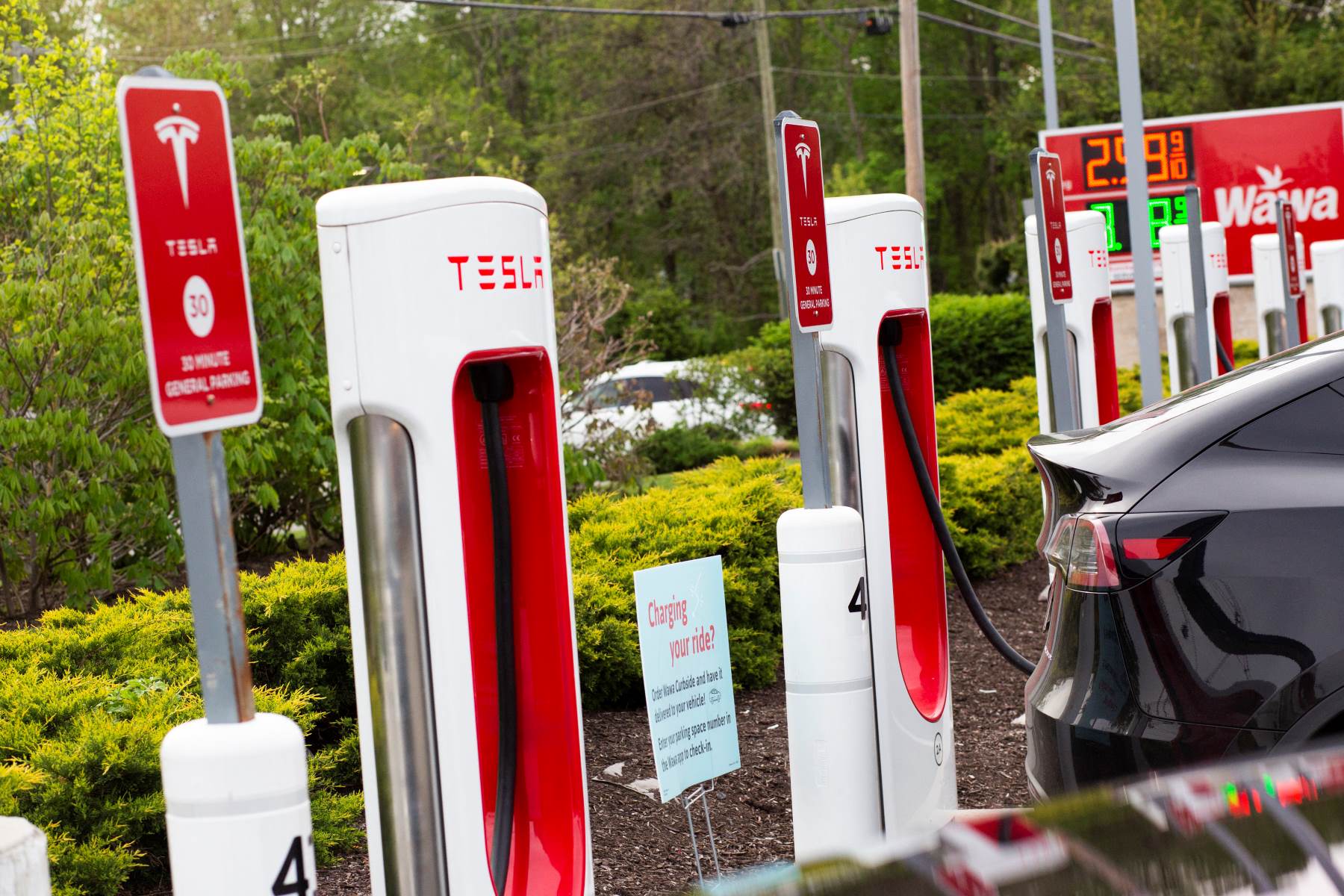
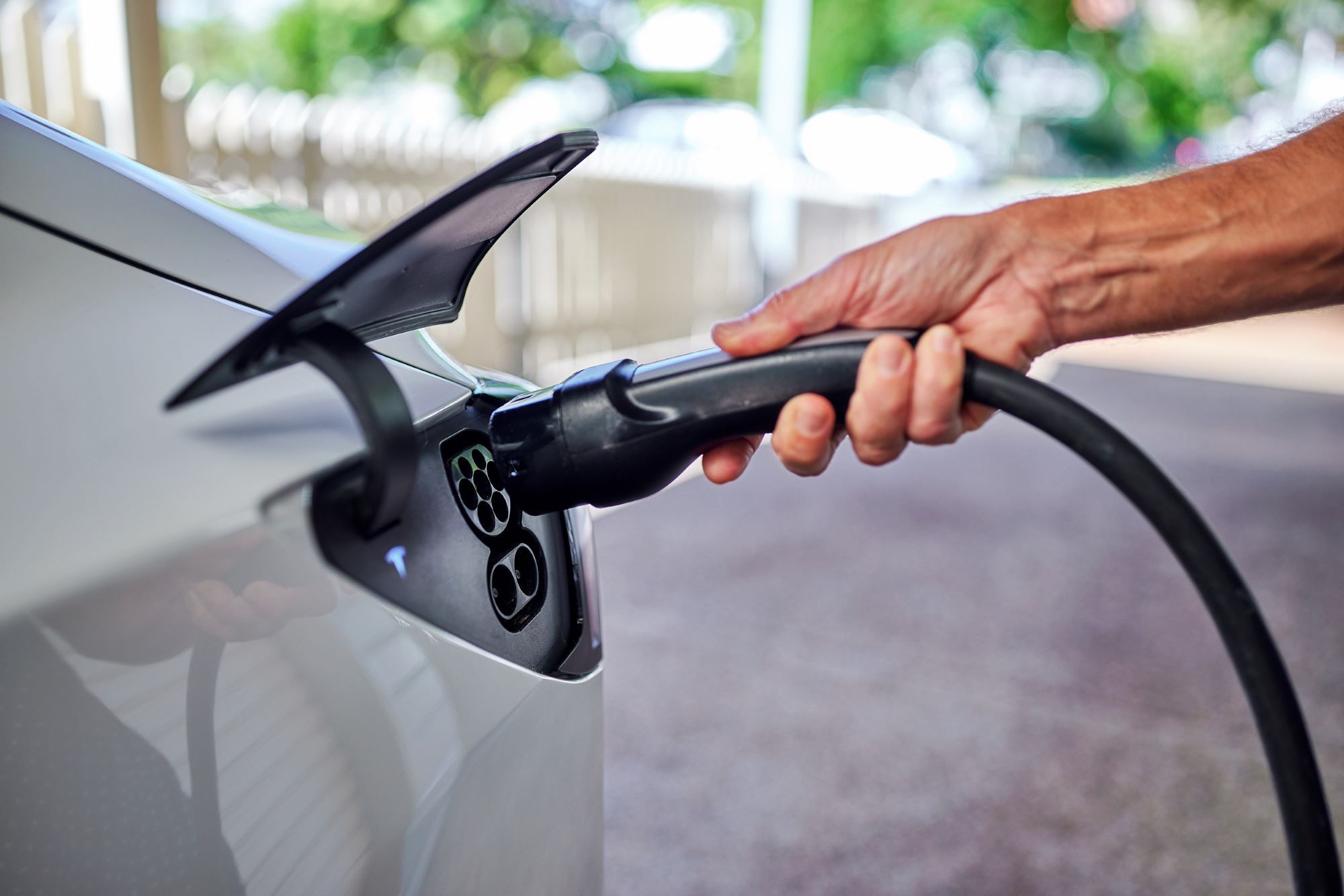
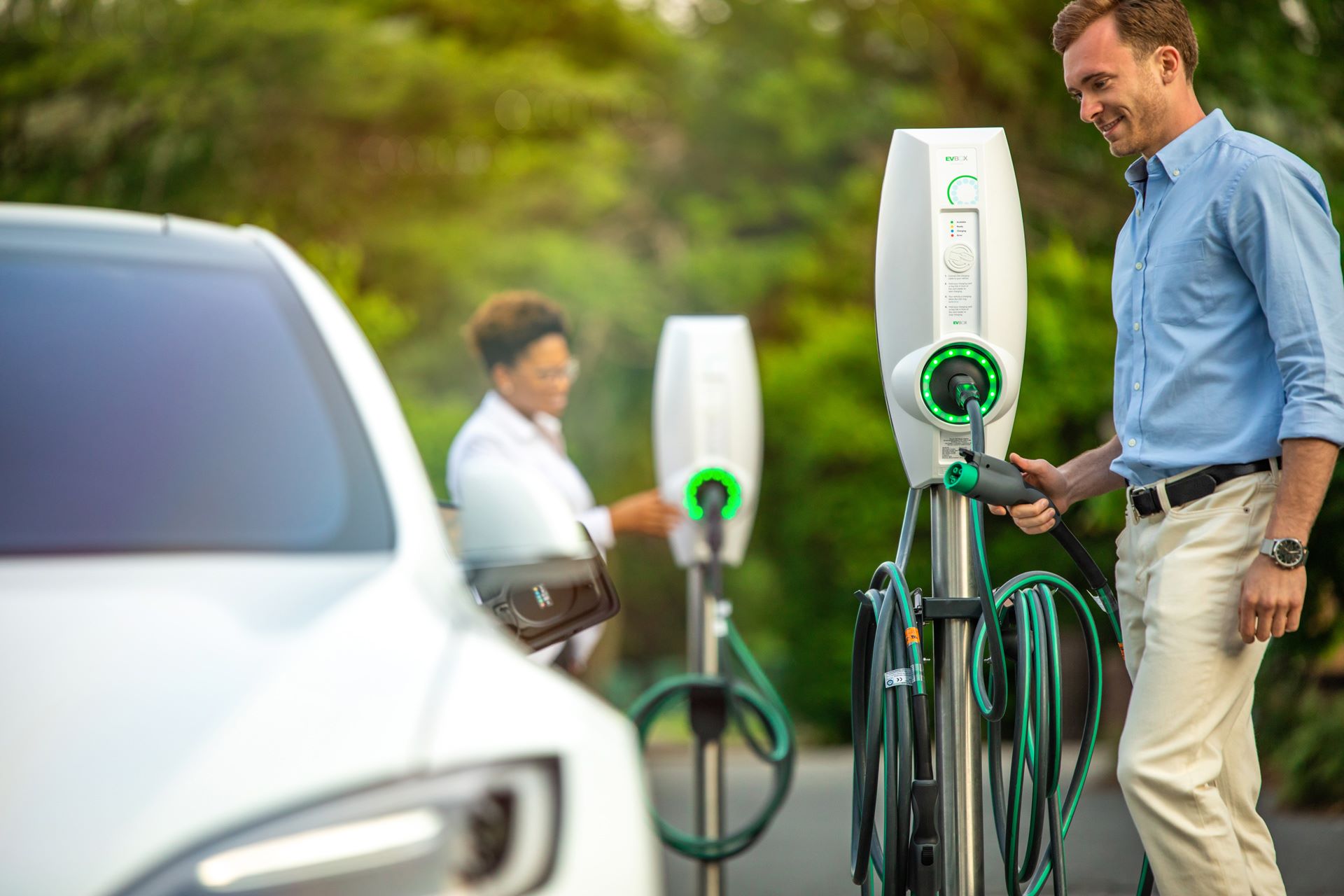
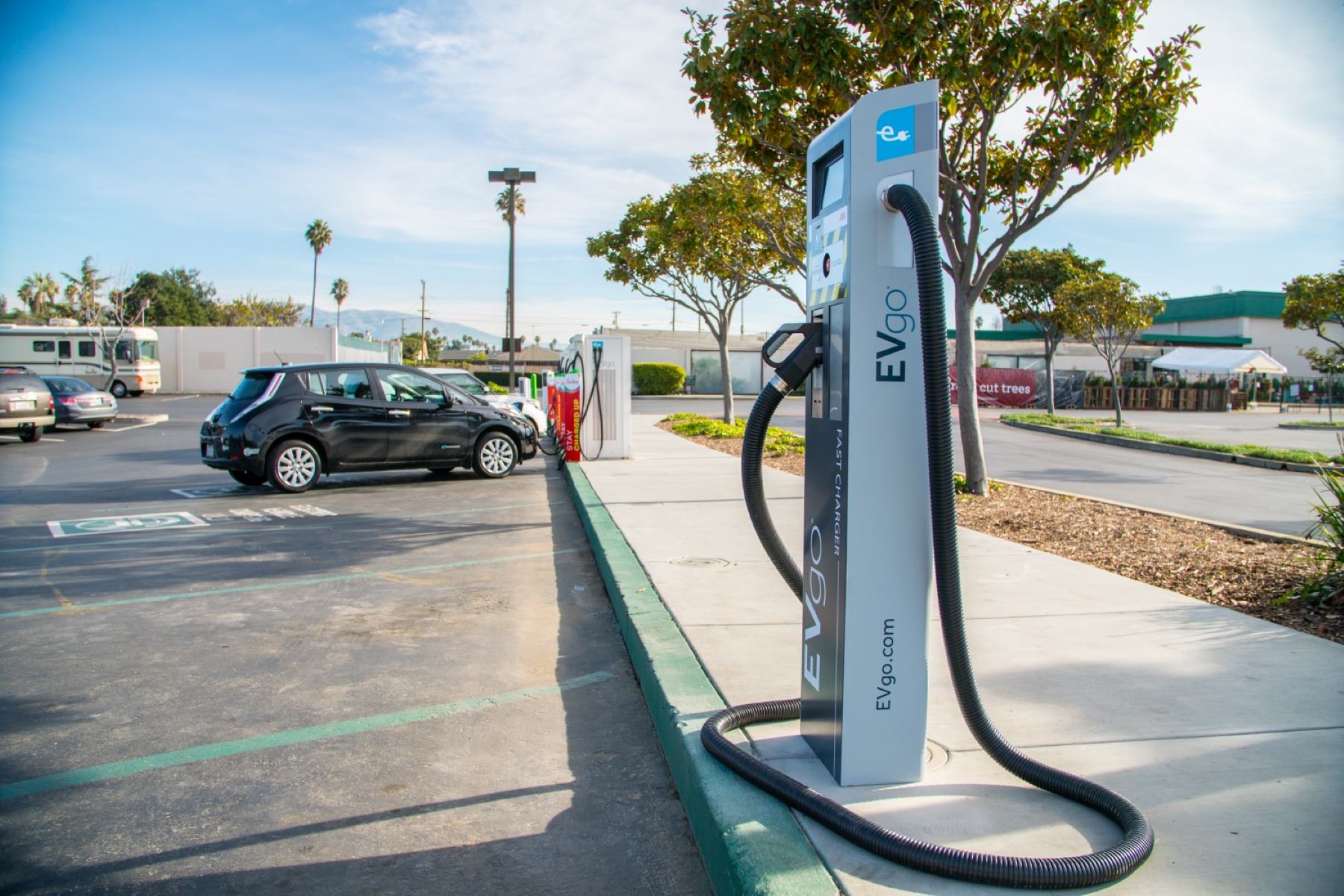
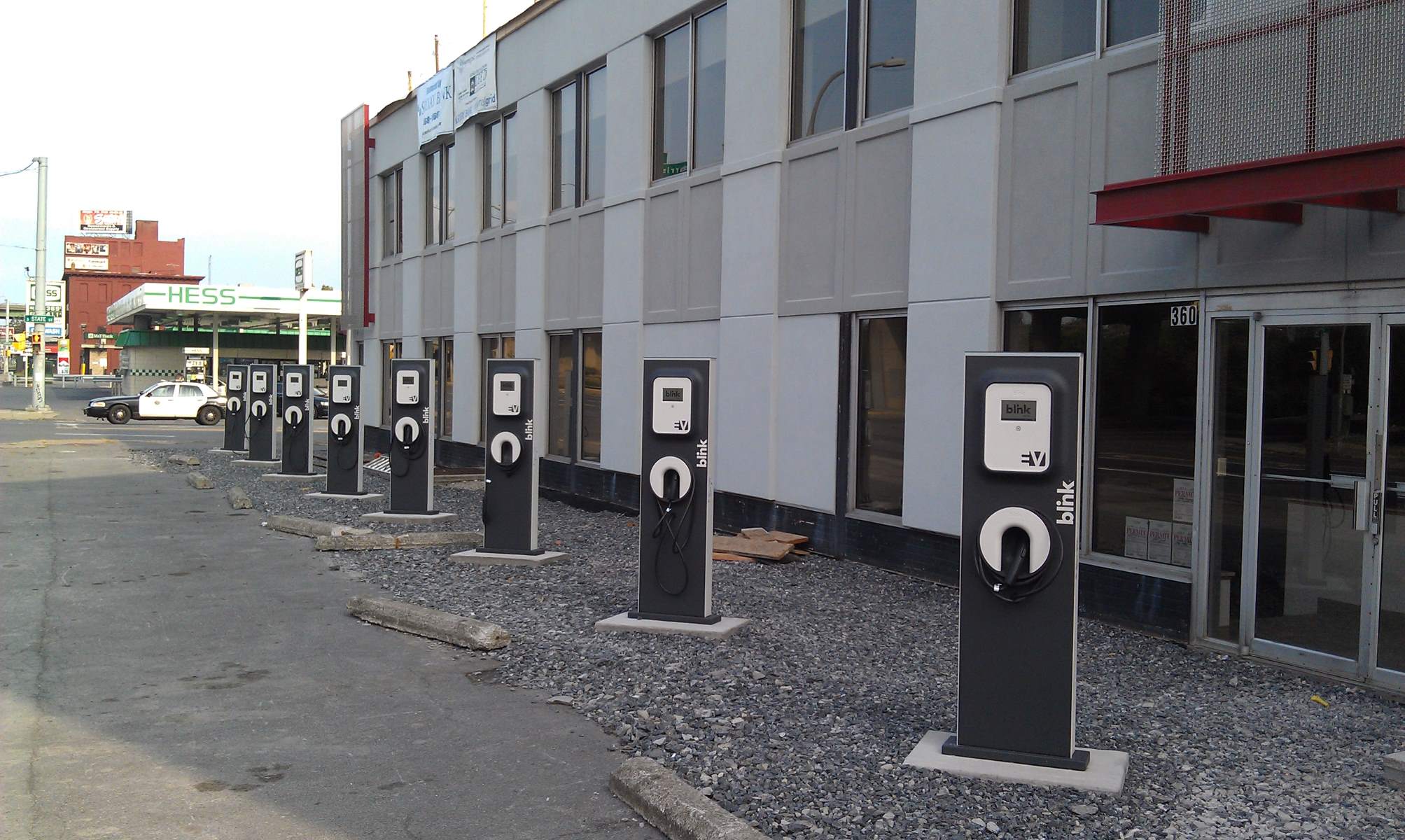
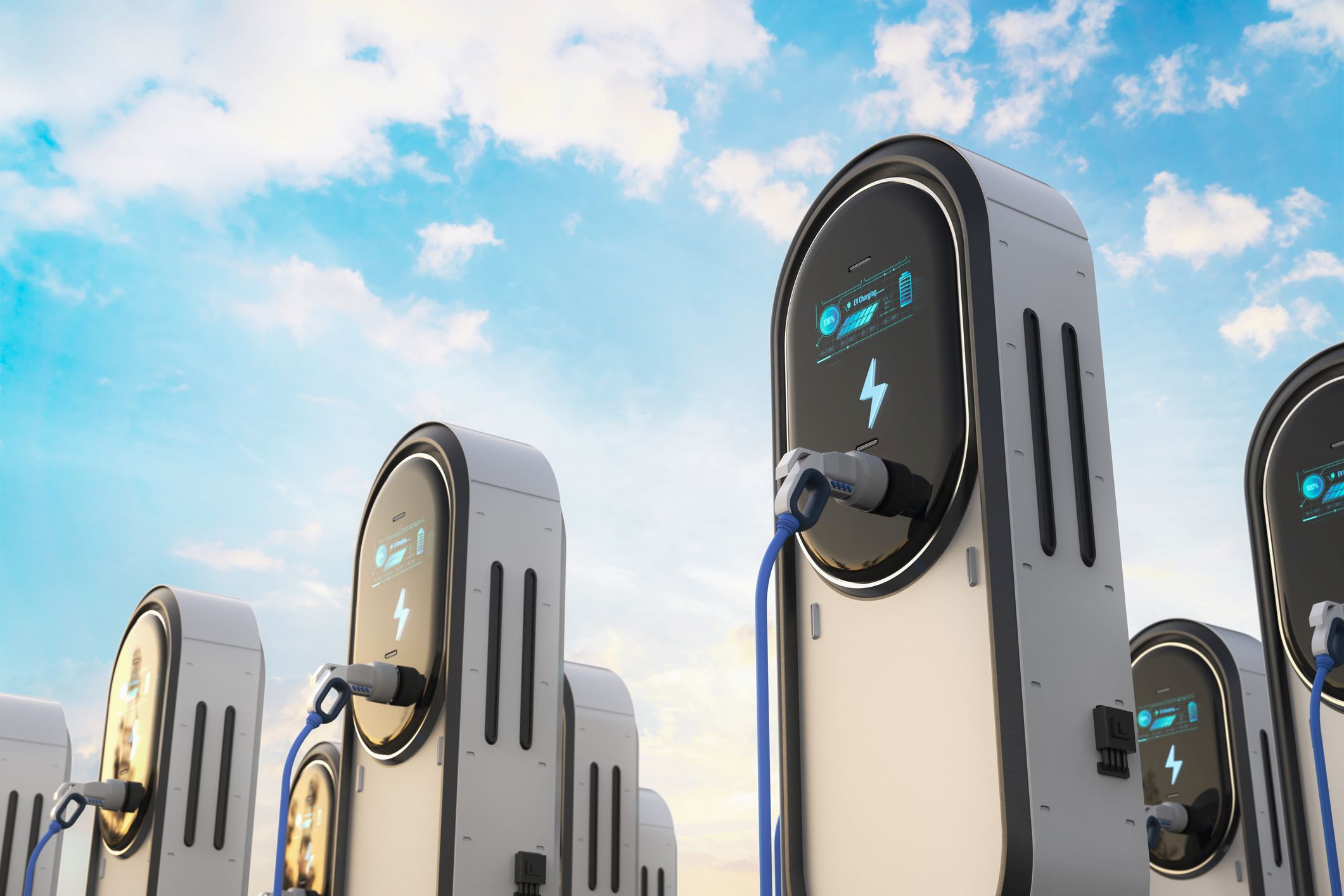
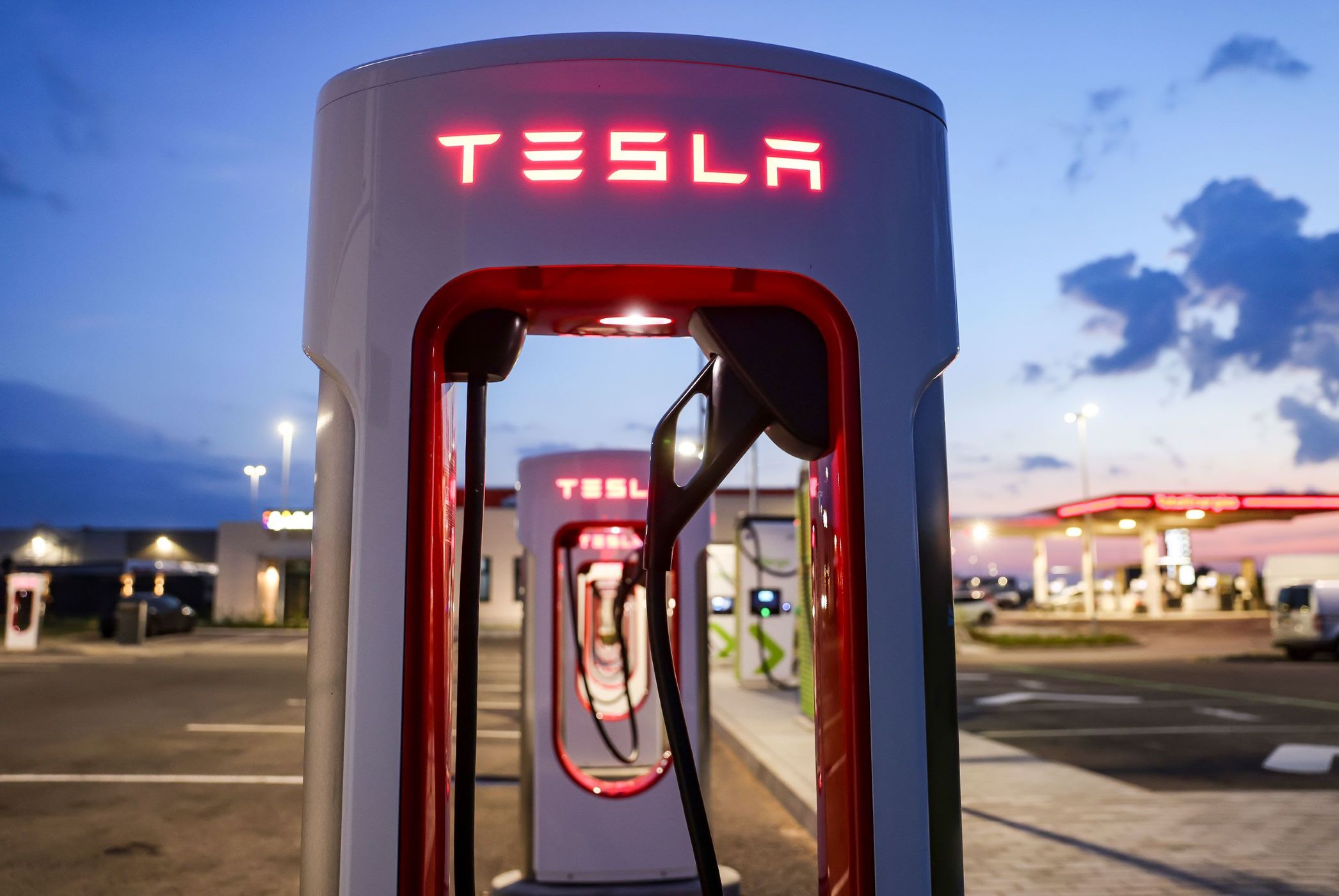

0 thoughts on “How To Open An Electric Charging Station”